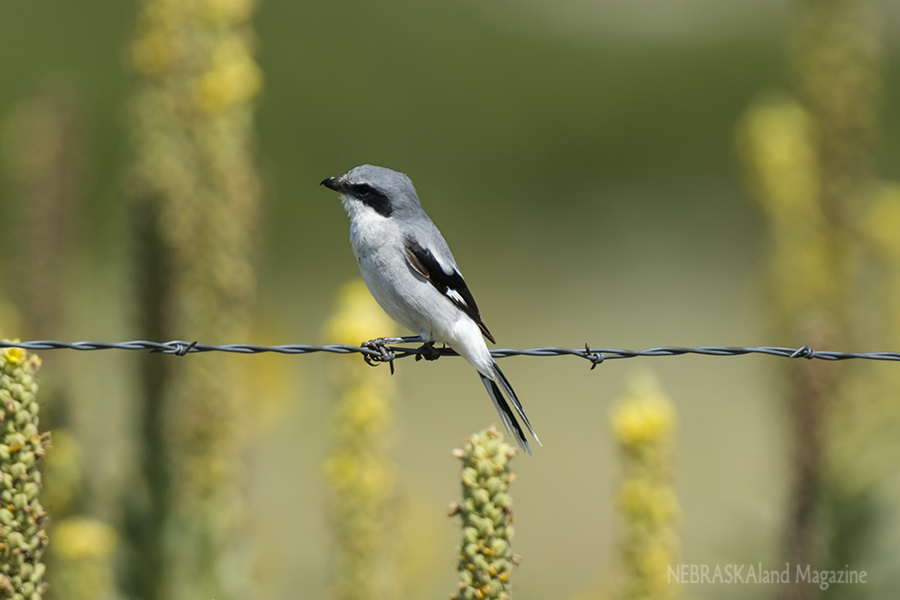
By Delanie Bruce, Bird Conservancy of the Rockies & Nebraska Game and Parks Commission
Birds, as a group, are unique from other creatures. One obvious example: They are the only animals on the planet to have feathers. And among birds, there are several standouts. Here are a few unique birds found within Nebraska, notable for the adaptations and characteristics that help them survive within their natural habitats.
Osprey
Among North American raptors, the osprey is unique due to its diet of live fish. Also known as the “fish eagle,” the osprey produces oil on its wings, which keep its feathers waterproof as they dive into the water for their next catch. Other raptors, such as owls and hawks, are equipped with powder down feathers, which disintegrate into a fine powder keratin that only creates a slightly water-resistant coating.
Osprey also differ from other raptors by their seemingly “opposable” toes. Slippery fish are secured by two toes in front and two toes in the back of each foot, with the outermost third front toe being able to swivel to the back of the foot.
Burrowing Owl
Another Nebraska bird that’s going against the “norm” is the burrowing owl. When searching for owls, where do you normally look? In the trees, absolutely – that is where more owls live. However, burrowing owls take up residence in the underground burrows of prairie dogs and other burrowing animals. And due to their life underground, these owls are capable of tolerating higher concentrations of carbon dioxide than other birds, a gas that is more prevalent underground than above ground.
Loggerhead Shrike
A summer visitor to Nebraska, don’t let the loggerhead shrike’s size fool you. This pint-sized predator is anything but an ordinary songbird. The loggerhead shrike hunts from power lines for its next victim, and unlike other songbirds, it enjoys a varied diet of other birds, lizards, small mammals and large insects. It impales its prey on the spines of trees or on barbed wire, earning the nickname “butcher bird.”
Ruby-throated Hummingbird
The ruby-throated hummingbird, and all hummingbirds in general, are one of few birds able to hover in place and move in any direction at whim. The speed intensity of their wing beat is 53 beats per second — they also have the highest metabolism of all vertebrate animals on Earth. Hummingbirds can meet 100 percent of their metabolic needs through flower nectar and the occasional insect or two. Every night, this bird enters a hibernation-like state call torpor in order to slow its metabolism during rest and save as much energy as possible.
May is Nebraska bird month, so be sure to brush off the dust from your binoculars. Or, celebrate our feathered friends by attending one of many bird month events around the state.
Looking for a little birding competition, with the chance to win cash or a home bird feeding station? Check out the Nebraska Birding Bowl happening during this month, which is suitable for beginners, the budding birder, expert or competitive birders.
